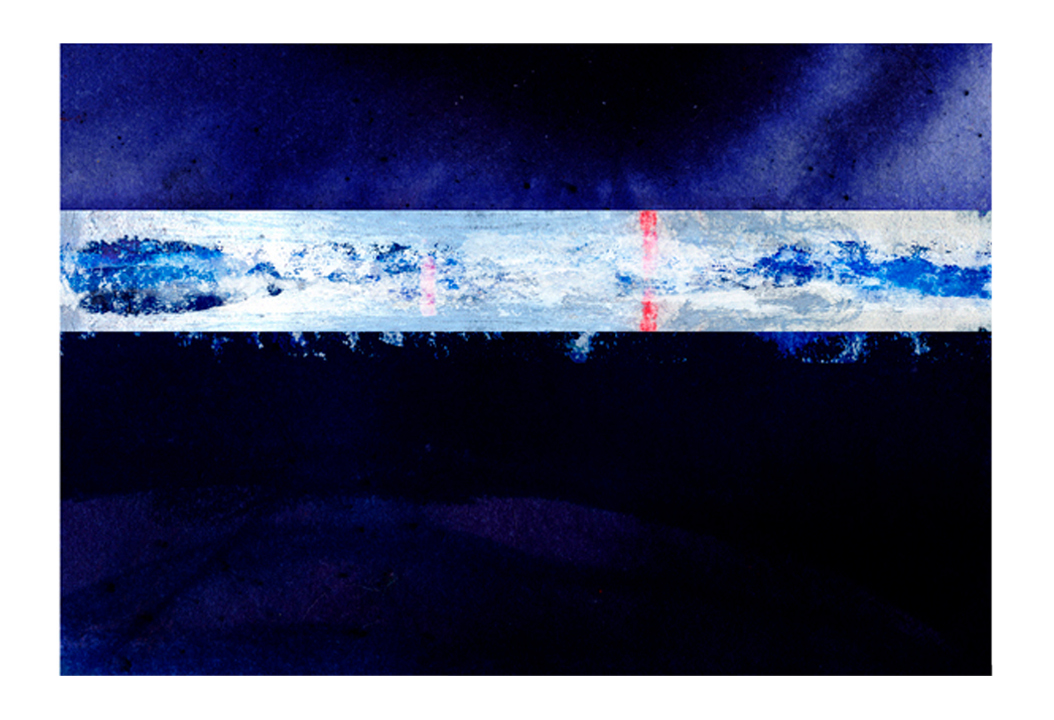During the course of her whaling life, the Morgan harvested 54,483 barrels of whale oil and 152,934 pounds of whale bone. The destructive, inhumane side of this industry is illustrated in an excerpt from my longer animation, Morgan Transformed.
Music as Conservation Tool
Instrument of Change, 2016. Mixed media.
Research over the past decade has revealed whale musical language to be not unlike our own in structure, tone, and meaning. The potential of cross-species communication through the shared medium of music is exciting as conservationists look for ways to move towards a more comprehensively emphathetic view of the planet.
Reportaging the Morgan's restoration with Dalvero Academy.
From 2011 - 2015, I joined a group of fellow artists to document the rebuilding of this historic ship.
We collaborated with curators at the Mystic Seaport to present two art exhibits reflecting the extensive, varied process at the Seaport.
The Charles W. Morgan
From Hunter to Conservation Ambassador
The world's oldest surviving wooden whaling ship, the Charles W. Morgan was a principle player in the extermination of over 3 million whales during the 20th Century.
In 2008, Mystic Seaport undertook the extensive multi-year process of restoring the Morgan, and in 2014, launched her 38th voyage to promote marine conservation awareness.
This "reparations tour" symbolized the Morgan's reversed role and reflected the necessary transition of modern humans from a role of aggressor/consumer to steward/educator of the sea.
Remains, 2013. 3-D printed resin.
Whales are highly talented composers and communicators through song. They have been performing these pieces of improvisational beauty for millennia - and not just for fun and show, but as a mode of crucial communication across long distances.
Soundwave, 2013. Mixed Media, digital print.
When scientists first introduced recordings of recorded whale song, people were so touched by these underwater symphonies, the first steps toward a true oceanic conservation movement was born. Because we could hear their voices, we began to notice and care about their welfare.






